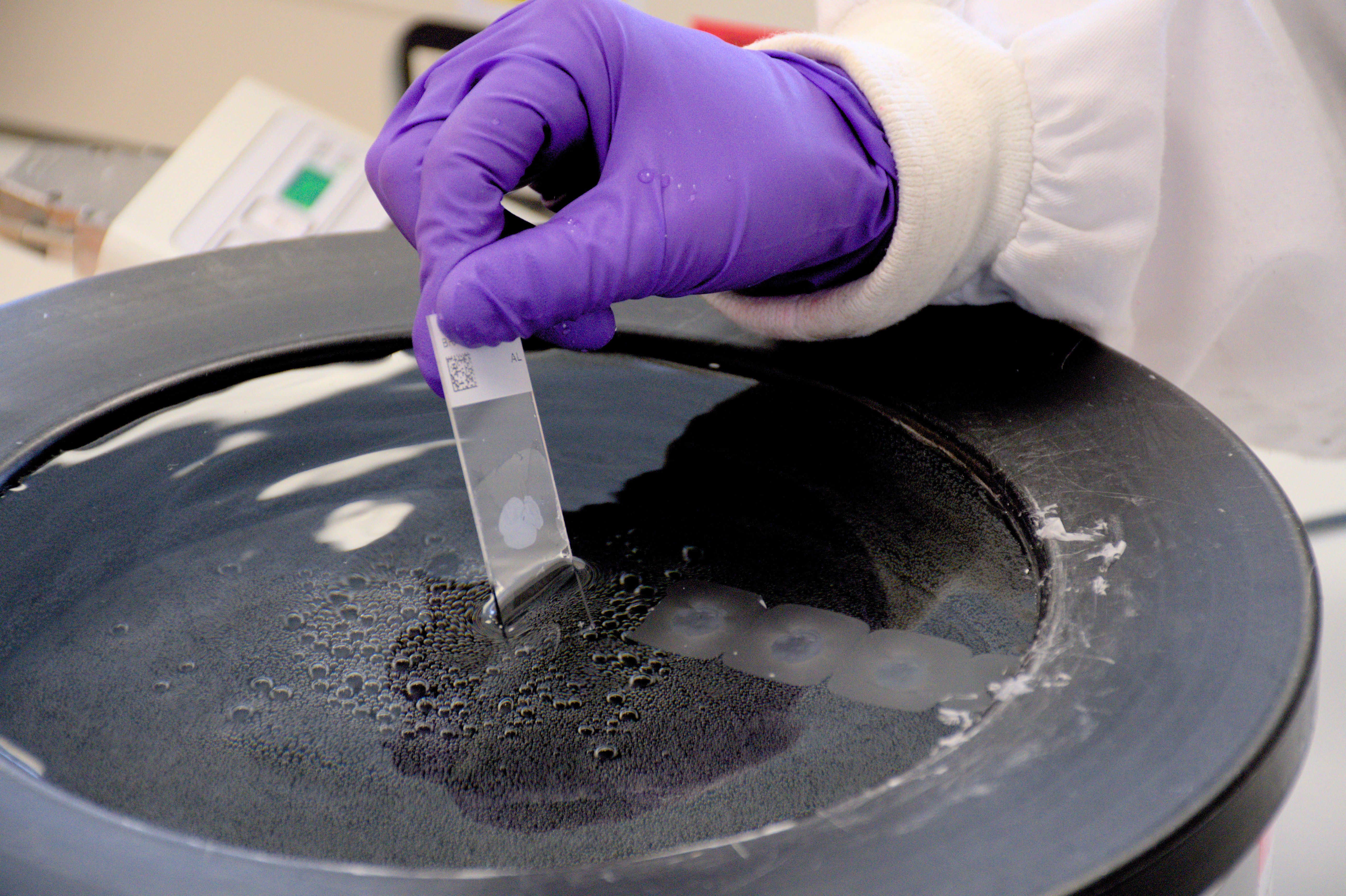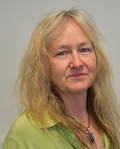CRUK MI Services and Technology
 Stuart Pepper, Chief Laboratory Officer
Stuart Pepper, Chief Laboratory Officer
The Institute has outstanding core facilities that offer cutting edge instruments and tailored services from expert staff. The facilities provide a diverse range of technologies supporting research projects across the Institute.
Collaboration
The core facilities span the traditional areas of Molecular Biology, Histology, Imaging, Mass Spectrometry and in vivo technologies, however new services are frequently delivered as a result of collaboration between facilities to provide seamless workflows that span across these traditionally separate disciplines. The rapidly evolving field of spatial genomics is a good example of this where collaboration between Molecular Biology Core, Histology, Visualisation, Irradiation & Analysis (VIA) and Scientific Computing has enabled development of new workflows. Scientific Computing has also worked with the Biological Mass Spectrometry Facility and Computational Biology to develop workflows based on High Performance virtualisation infrastructure, leading to some exciting new opportunities for mass spectrometry data analysis. As technologies have evolved over the last few years, this close interaction between the traditional core facility areas has become vital and together they provide seamless end to end support for novel technology applications.
Technological Advances
Recent advances in multiplex analysis are also supported in the core facilities. The Helios cy-tof platform is now well established as an alternative to traditional FACS analysis, offering a far higher level of multiplexing that dye based FACS. More recently the CODEX platform has provided a highly multiplexed approach for staining of histological sections. Increased multiplex analysis has also developed in the Mass Spectrometry Facility with the addition of a 16 channel TMT quantitation approach. In areas where higher levels of multiplex are introduced the data sets become larger, and the analysis more complex. Having close interactions between the core facilities, bioinformatics and Sci Com becomes ever more critical to providing high quality services.
Histology
The close relationship between The Christie and CRUK MI means that Histological analysis of tumours features heavily in the work for the core facilities. Alongside the multiplex staining, the Histology Facility also carries out laser capture microdissection of both frozen and FFPE tissue, coupled with extraction of RNA and DNA for subsequent sequencing. The Histology facility interacts closely with the MCRC Biobank and is able to construct high quality, representative tissue microarrays from a number of disease groups.

VIA
A variety of imaging and visualisation technologies are supported by the Visualisation, Irradiation and Analysis facility. This facility supports both traditional high resolution microscopy approaches and high content / high throughput imaging of slides. A major aspect of the work of this facility is the data management and analysis of large image data sets.
Molecular Biology Core
Next generation sequencing is an integral part of any molecular biology service portofolio and the Institute has an Illumina NovaSeq instrument as its main platform. Much of the focus is on single cell sequencing using either SMART-Seq2 or 10x Genomics platforms to generate data sets from a wide variety of samples including primary tissue from blood, bone marrow and tumour biopsies.
In vivo
The Institute has three teams primarily focussed on supporting in vivo work. We have a dedicated transgenic mouse breeding team and a separate team that support experimental work. Breeding work is based in a University of Manchester Facility at the Incubator Building, where breeding is carried out under the authority of the Institutes Establishment Licence Holder. The experimental facility supports a broad range of techniques such as drug dosing and surgical procedures, but recently has been developing expertise in image guided injection of tumour cells using an ultrasound system for real time imaging. The newest core facility is the Genome Editing and Mouse Models team which focusses on the generation of novel genetically modified mouse lines, primarily using CRISPR technology.
By working closely with Institute scientists, the core facilities are able to continually develop the service, offering to support the evolving research interests of the Institute. Alongside end-to-end sample processing, the core facilities also provide training so that our early career scientists gain valuable expertise.
Core Facility Managers
Duncan Smith

Jen Hughes

Antonia Banyard

Garry Ashton

Steve Bagley

Lisa Doar

Wolfgang Breitwieser

Natalia Moncaut

Marek Dynowski

Facilities and Infrastructure
Andy Lloyd

Mark Craven
